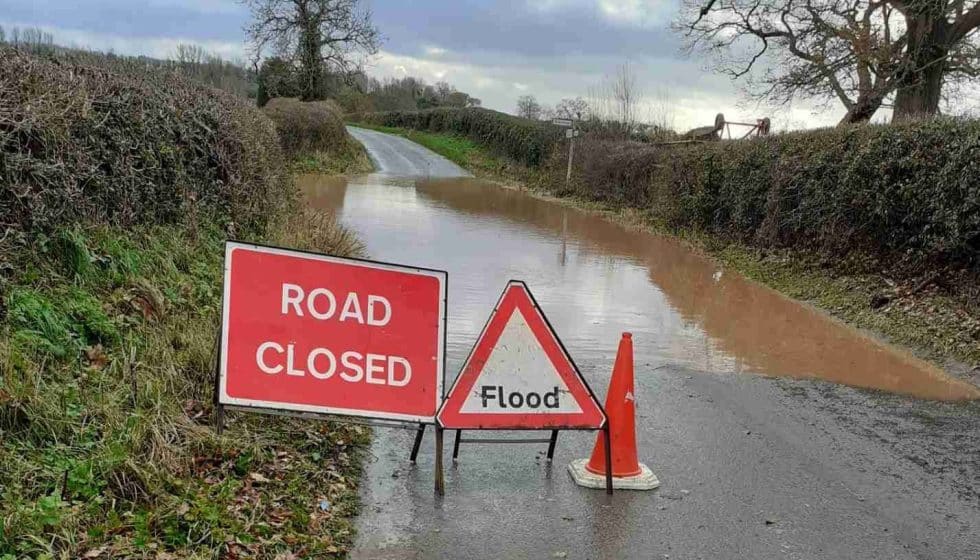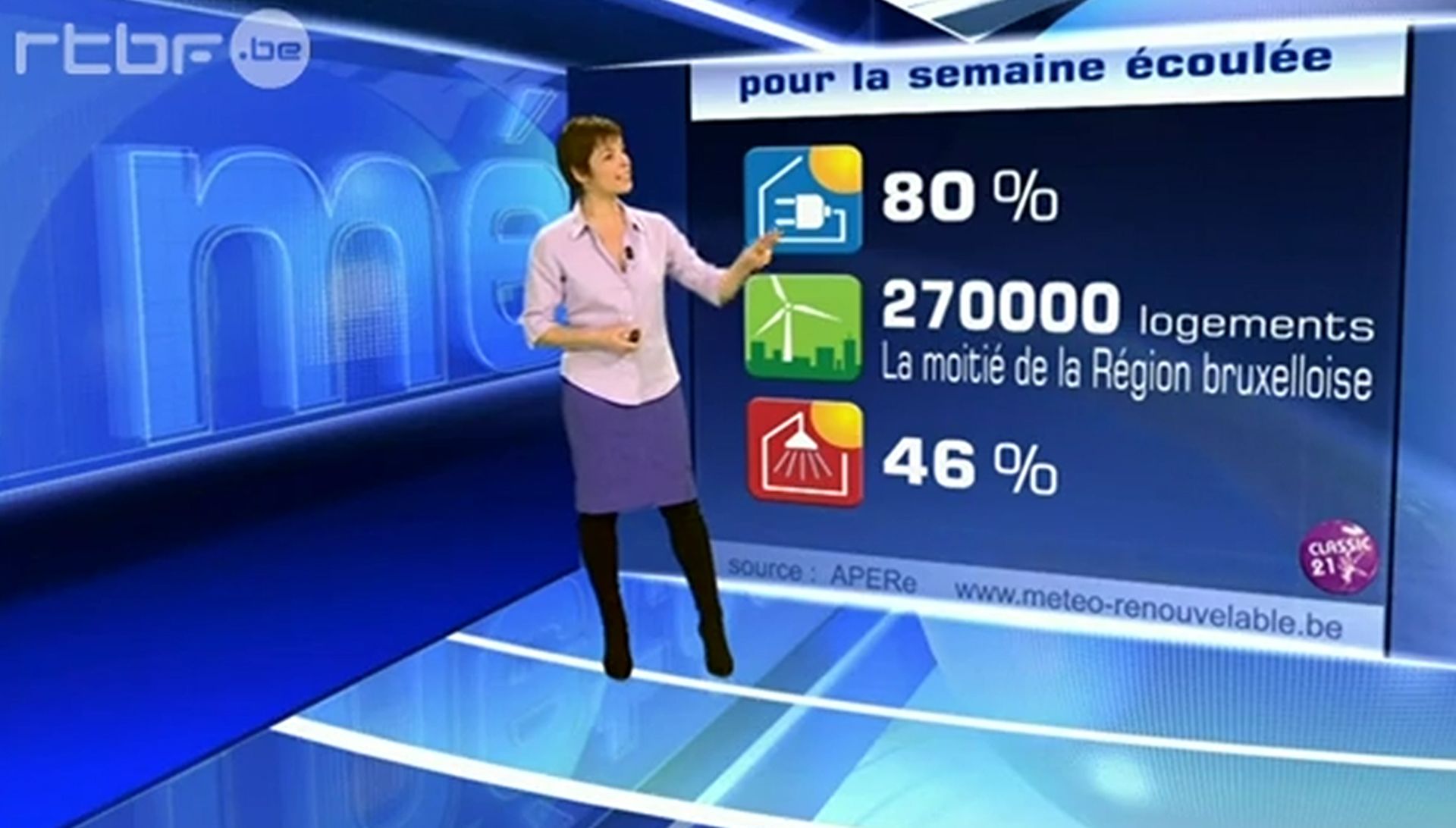How Flood Alerts Work: Protecting Your Home And Family From Flooding

Table of Contents
Understanding Flood Alert Systems
Flood alert systems are critical for mitigating flood risks and saving lives. They utilize a complex network of data sources to predict and issue timely warnings.
Sources of Flood Alert Data
Accurate flood prediction relies on several key data sources working in conjunction:
- Weather Radar: Radar systems detect the intensity and movement of precipitation, providing crucial information about potential rainfall accumulation and the likelihood of flooding.
- River Gauges: These sensors, strategically placed along rivers and streams, continuously monitor water levels. Significant rises in water levels trigger alerts.
- Rainfall Data: Ground-based rain gauges and weather stations provide real-time data on rainfall amounts, helping to refine flood forecasts.
- Hydrological Models: Sophisticated computer models simulate the flow of water in rivers and drainage systems. They combine rainfall data, river levels, and other factors to predict the extent and timing of potential flooding.
Types of Flood Alerts
Flood alerts typically come in different levels, indicating the severity of the potential flood risk:
- Flood Watch: Conditions are favorable for flooding. Stay informed and be prepared to take action if necessary.
- Flood Warning: Flooding is imminent or is already occurring. Immediate action is required.
- Flood Advisory: Flooding is possible or is occurring in specific areas. Take precautions and monitor the situation.
How to Receive Flood Alerts
Staying informed is crucial. There are several ways to receive timely flood alerts:
Technological Access to Flood Alerts
Modern technology provides numerous options for receiving flood alerts:
- Weather Apps: Popular weather apps like AccuWeather, The Weather Channel, and WeatherBug often include flood alerts based on your location. Make sure to enable location services and notifications.
- Text Message Alerts: Many government agencies and weather services offer free text message alerts. Sign up through their websites or apps.
- Email Notifications: Subscribe to email alerts from your local National Weather Service office or other relevant agencies.
- Local News Broadcasts: Television and radio stations often provide real-time updates and warnings during flood events. Multiple notification methods are essential to ensure you receive the alerts.
Leveraging Local Resources for Flood Information
Don't underestimate the importance of local resources:
- Check your local government's website for specific flood alerts, preparedness guides, and evacuation plans. Many municipalities have dedicated emergency management sections on their sites.
- Look for information from your state's emergency management agency. These agencies often provide broader regional flood warnings. For example, you can find information on the website of the .
Acting on Flood Alerts: Preparedness and Response
Receiving a flood alert is not a time to panic, but a time to act decisively.
Pre-Flood Preparations
Being prepared is key:
- Family Emergency Plan: Create a plan that outlines meeting points, communication strategies, and evacuation routes.
- Emergency Kit: Assemble a kit including water, food, medications, first-aid supplies, flashlights, and other essentials.
- Safe Evacuation Routes: Identify multiple escape routes from your home, considering potential road closures.
- Flood Insurance: Consider purchasing flood insurance to protect your property. Standard homeowner's insurance typically does not cover flood damage.
Responding to a Flood Alert
Immediate action is crucial when a flood alert is issued:
- Move Valuables: Move important documents, electronics, and other valuables to higher ground.
- Turn Off Utilities: Shut off gas, electricity, and water to prevent further damage.
- Evacuate (If Necessary): Follow official evacuation orders immediately.
- Stay Informed: Continue monitoring weather reports and official updates for evolving conditions. Actions depend on the alert level (watch versus warning).
Post-Flood Actions
After the floodwaters recede:
- Contact Insurance: Report the damage to your insurance company as soon as possible.
- Document Damage: Thoroughly document all damages with photos and videos.
- Seek Assistance: Contact relief agencies for assistance with cleanup and recovery efforts.
Conclusion
Effective flood preparedness relies on understanding flood alert systems, utilizing multiple methods to receive flood alert notifications, and taking proactive steps for preparedness and response. Don't wait for a disaster to strike. Sign up for flood warning systems in your area today by visiting your local government website or downloading a reliable weather app with flood alert capabilities. Protecting your family and home from flooding requires proactive measures. Take control and be prepared; your safety depends on it.

Featured Posts
-
 The Courage Of Idf Soldiers Captivity And Survival In Gaza
May 26, 2025
The Courage Of Idf Soldiers Captivity And Survival In Gaza
May 26, 2025 -
 Brad Pitts Formula 1 Movie Integrates Apple Maps
May 26, 2025
Brad Pitts Formula 1 Movie Integrates Apple Maps
May 26, 2025 -
 Piratage Iptv En Belgique Comment Rtbf Et Rtl Tentent De Le Combattre
May 26, 2025
Piratage Iptv En Belgique Comment Rtbf Et Rtl Tentent De Le Combattre
May 26, 2025 -
 Iconic Michael Schumacher Ferrari F1 Car A Monaco Auction Highlight
May 26, 2025
Iconic Michael Schumacher Ferrari F1 Car A Monaco Auction Highlight
May 26, 2025 -
 Coheres Legal Battle Dismissal Sought In Copyright Infringement Case
May 26, 2025
Coheres Legal Battle Dismissal Sought In Copyright Infringement Case
May 26, 2025
Latest Posts
-
 Haliburtons Fathers Pacers Suspension Lifted
May 28, 2025
Haliburtons Fathers Pacers Suspension Lifted
May 28, 2025 -
 Tyrese Haliburtons Father Pacers End Suspension
May 28, 2025
Tyrese Haliburtons Father Pacers End Suspension
May 28, 2025 -
 Nba Lifts Ban John Haliburton Returns To Pacers Games
May 28, 2025
Nba Lifts Ban John Haliburton Returns To Pacers Games
May 28, 2025 -
 Tyrese Haliburtons Father Back At Pacers Games Following Nba Ban
May 28, 2025
Tyrese Haliburtons Father Back At Pacers Games Following Nba Ban
May 28, 2025 -
 John Haliburtons Dad Returns To Pacers Games After Nba Ban
May 28, 2025
John Haliburtons Dad Returns To Pacers Games After Nba Ban
May 28, 2025
